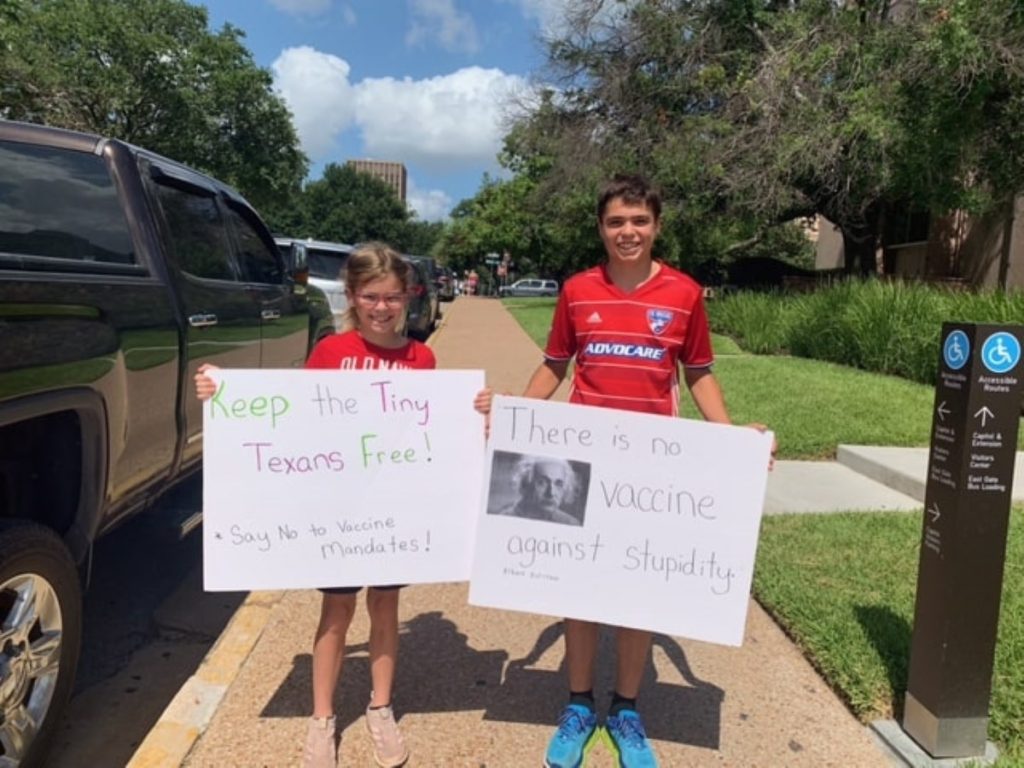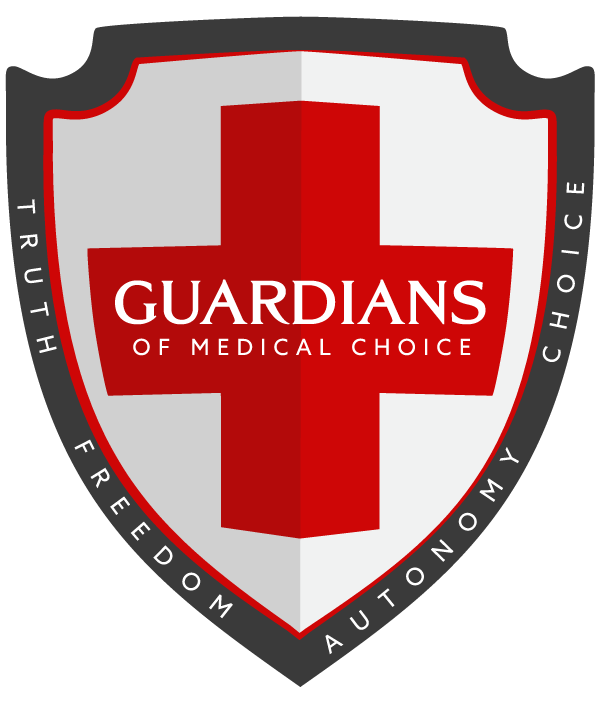November 9, 2021
The World Health Organization has prepared an eight page document for the purpose of “preparing guidance notes on the consent
process, or for clarifying questions from the health workers who provide the vaccinations” because “This population group may present for vaccination without an accompanying parent or legal guardian”.
The document defines consent as giving permission before receiving a medical procedure including vaccination except in very few instances such as a life-threatening emergency. Lawful, legal consent must be voluntary, informed and understood. In most countries, the age of consent is 18 years old and children beneath that age is required from the parent or guardian.
The WHO defines three types of consent; written, verbal, implied. They explain implied consent should be applied to minors “for parents are informed of imminent vaccination through social mobilization and communication, sometimes including letters directly addressed to the parents. Subsequently, the physical presence of the child or adolescent, with or without an accompanying parent at the vaccination session, is considered to imply consent. This practice is based on the opt-out principle and parents who do not consent to vaccination are expected implicitly to take steps to ensure that their child or adolescent does not participate in the vaccination session. This may include not letting the child or adolescent attend school on a vaccination day, if vaccine delivery occurs through schools”.
Access WHO Guidance on consent in vaccinating children/adolescents here




